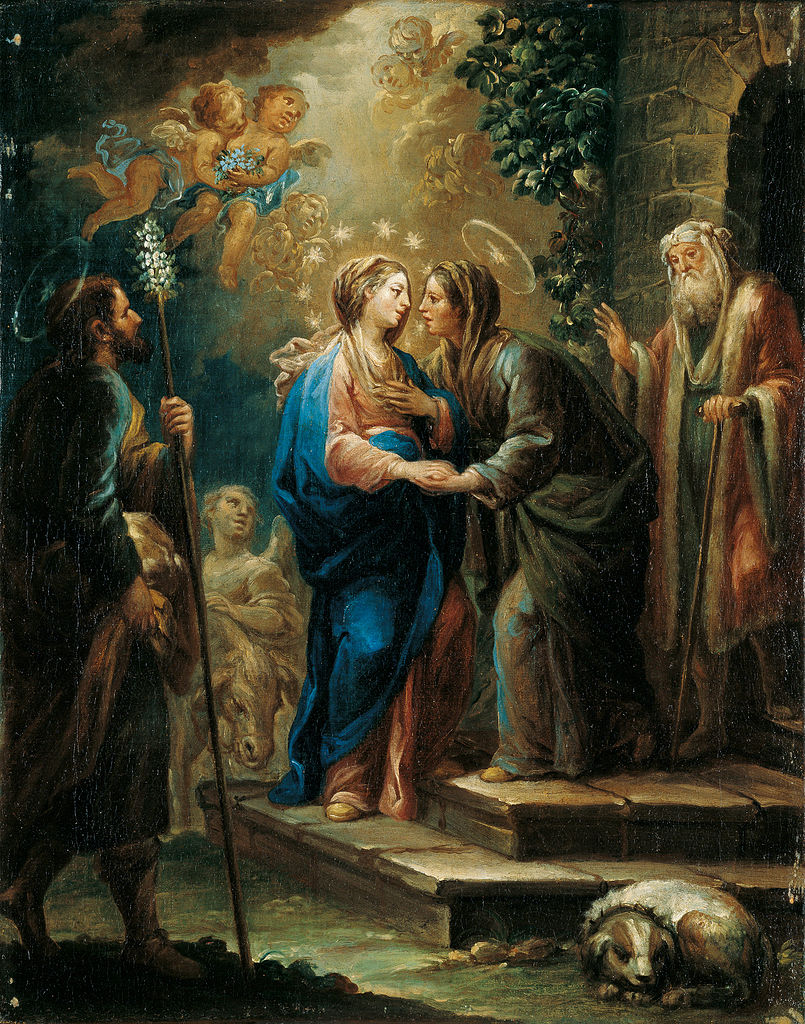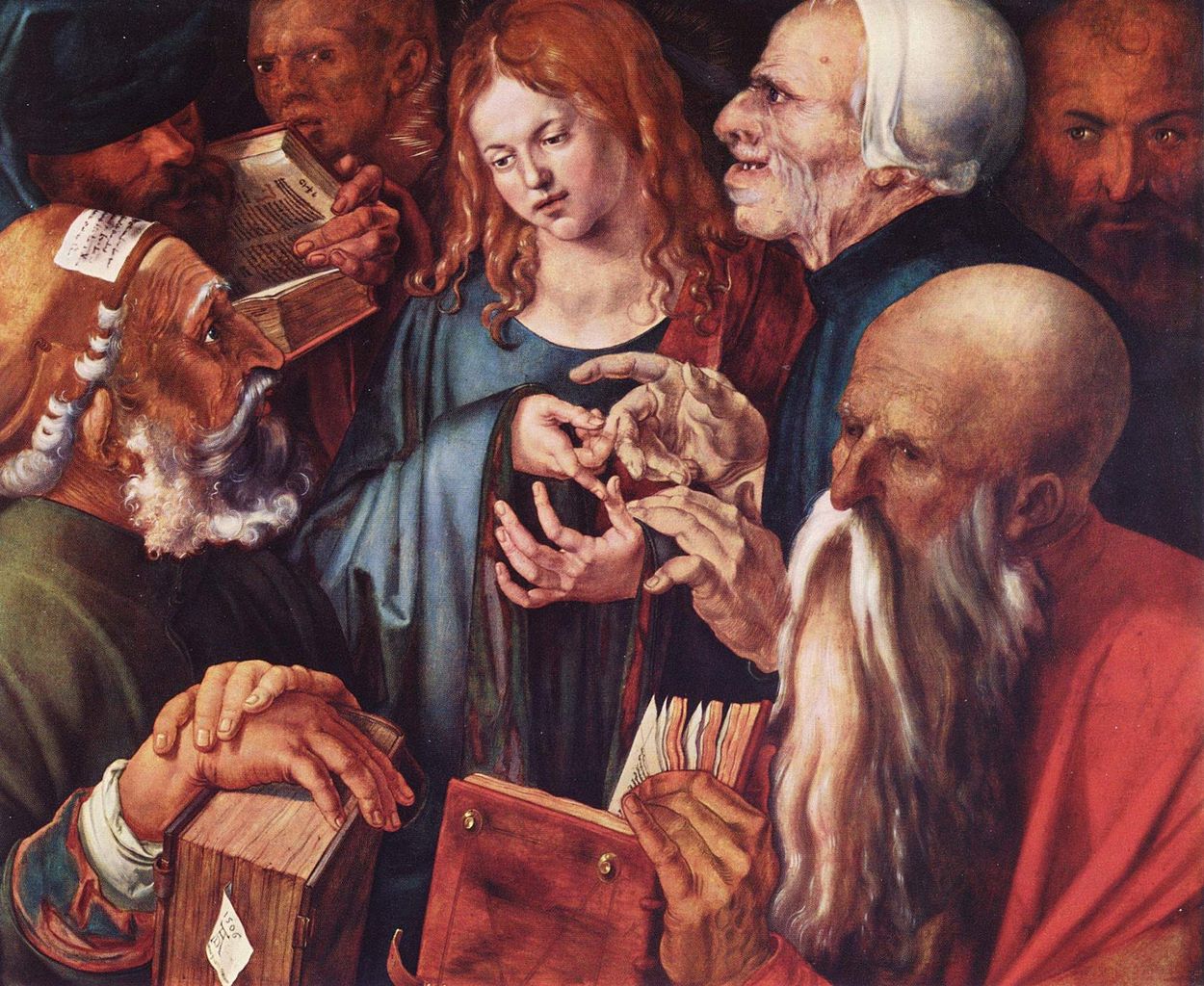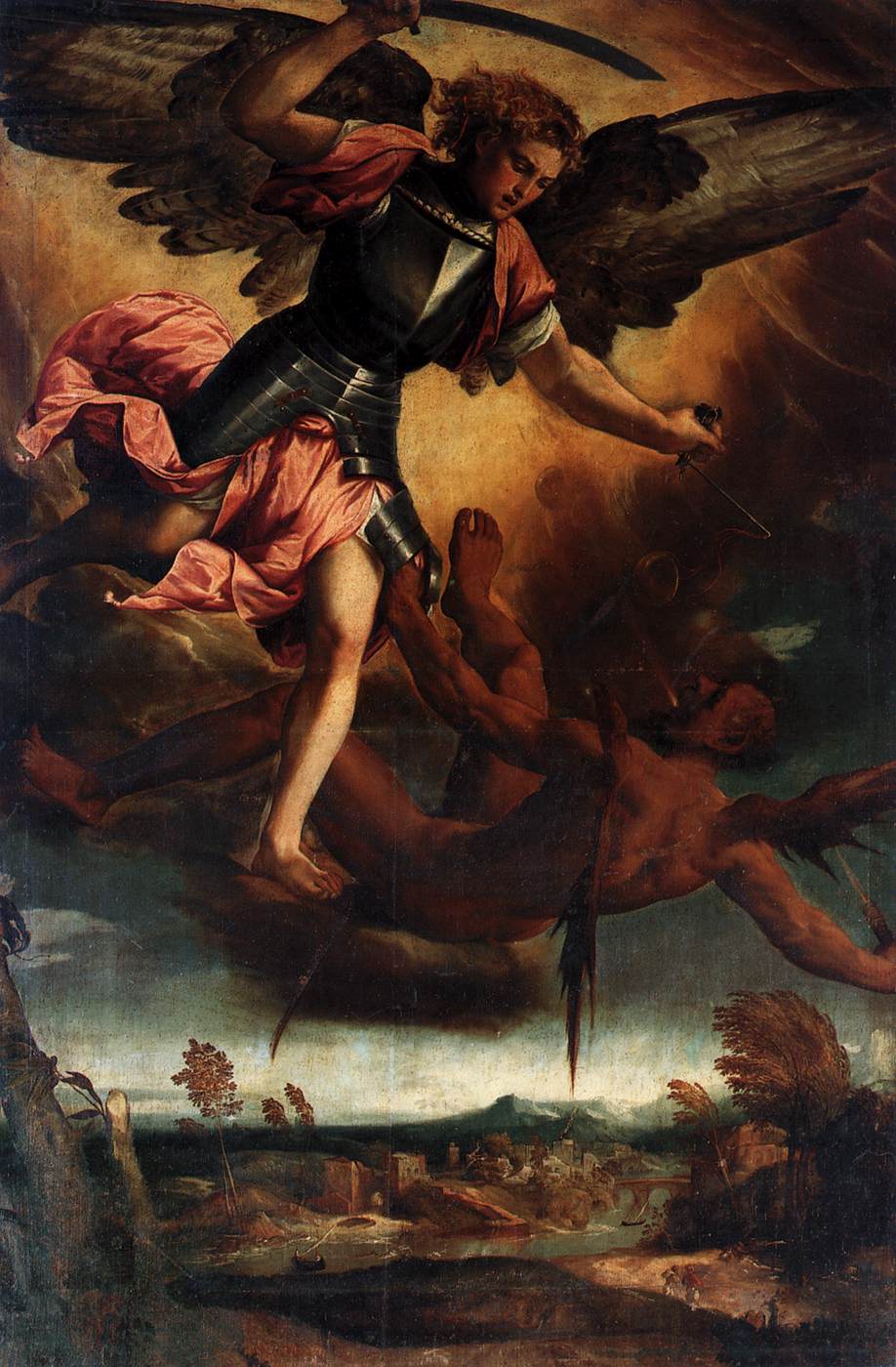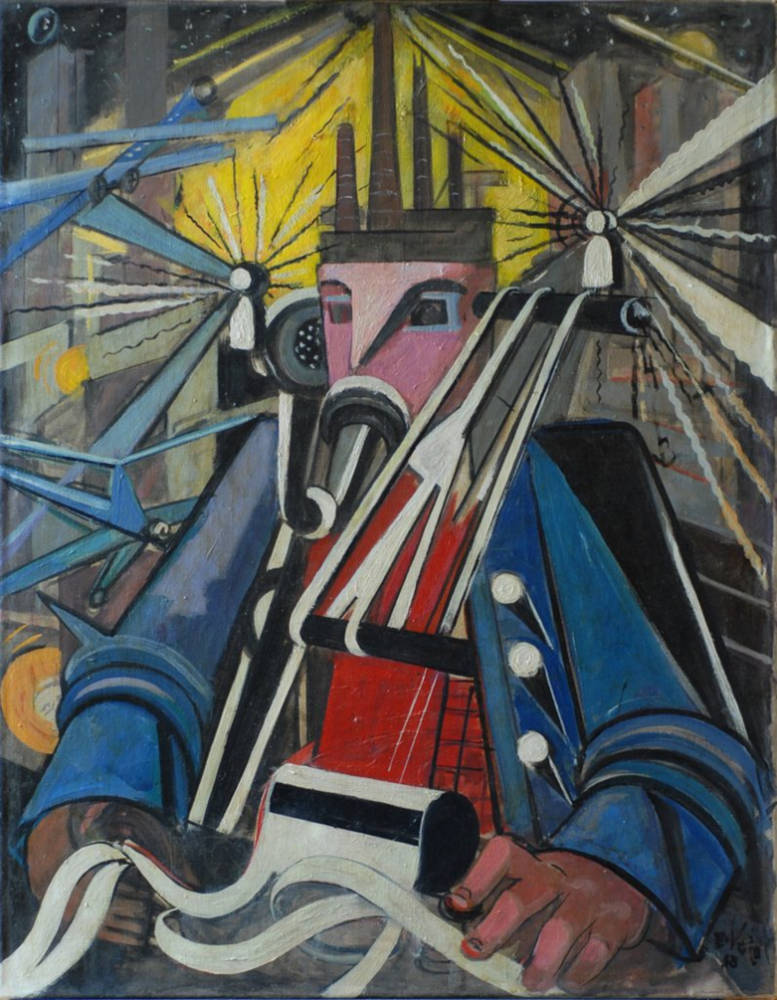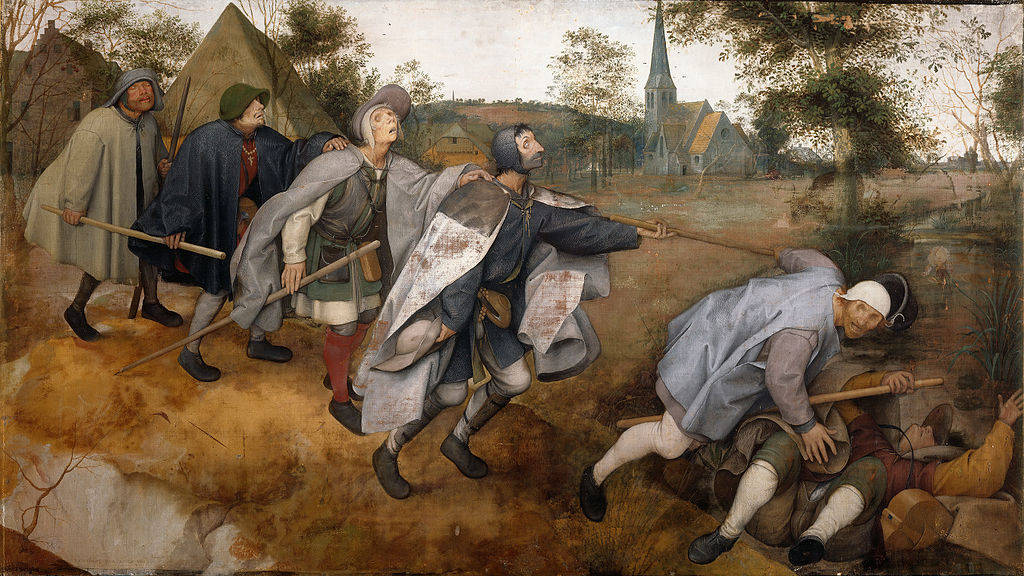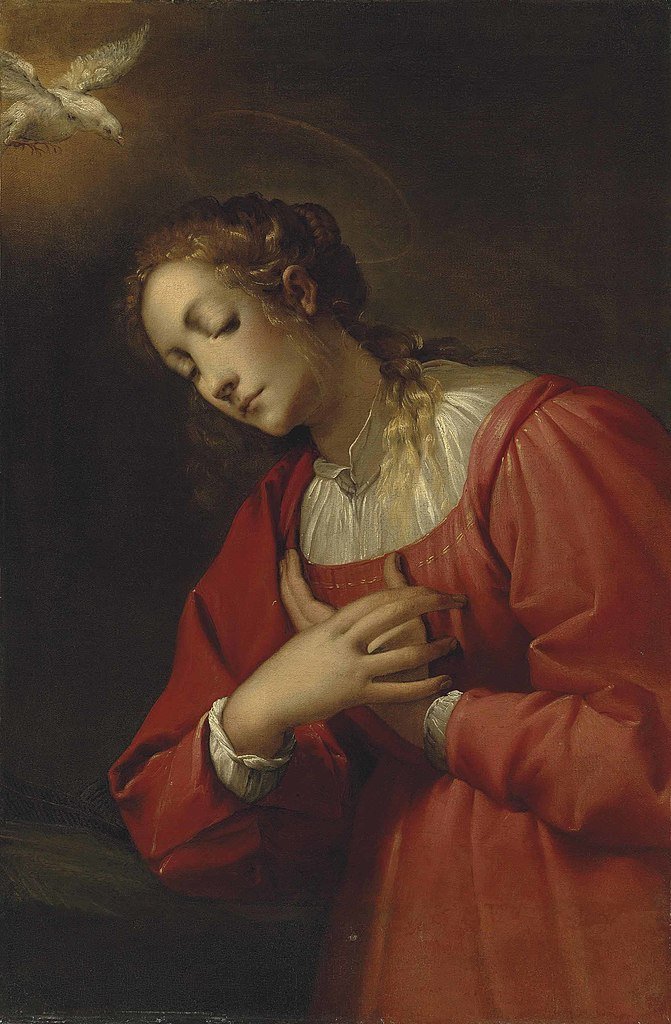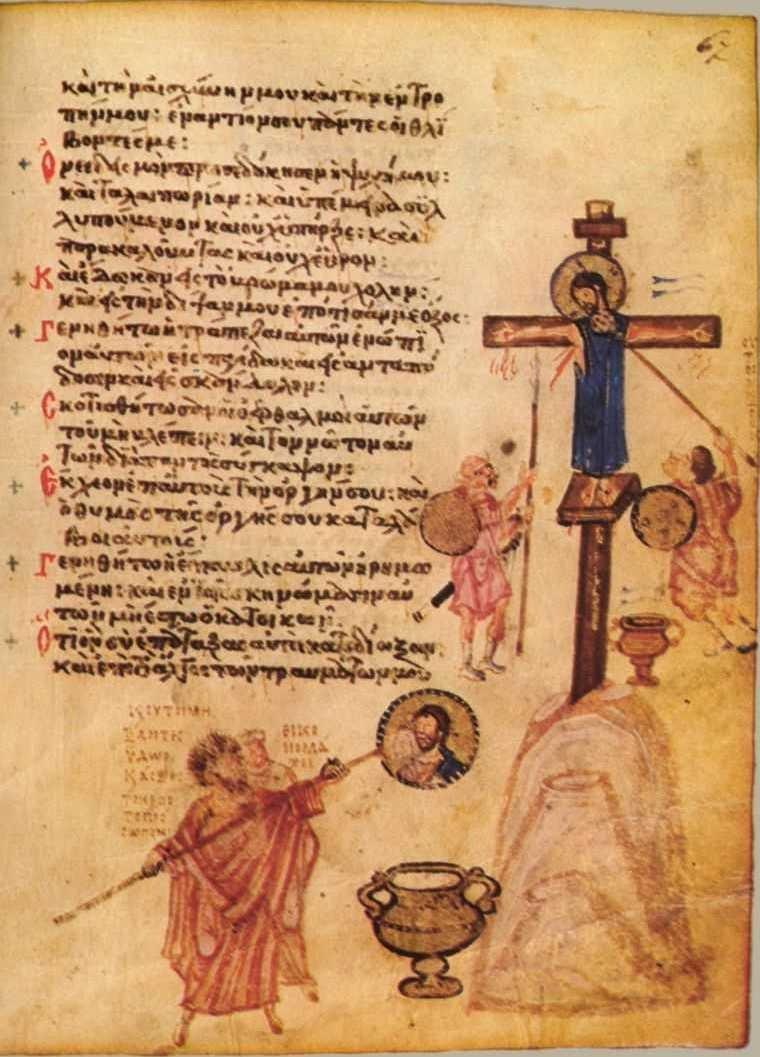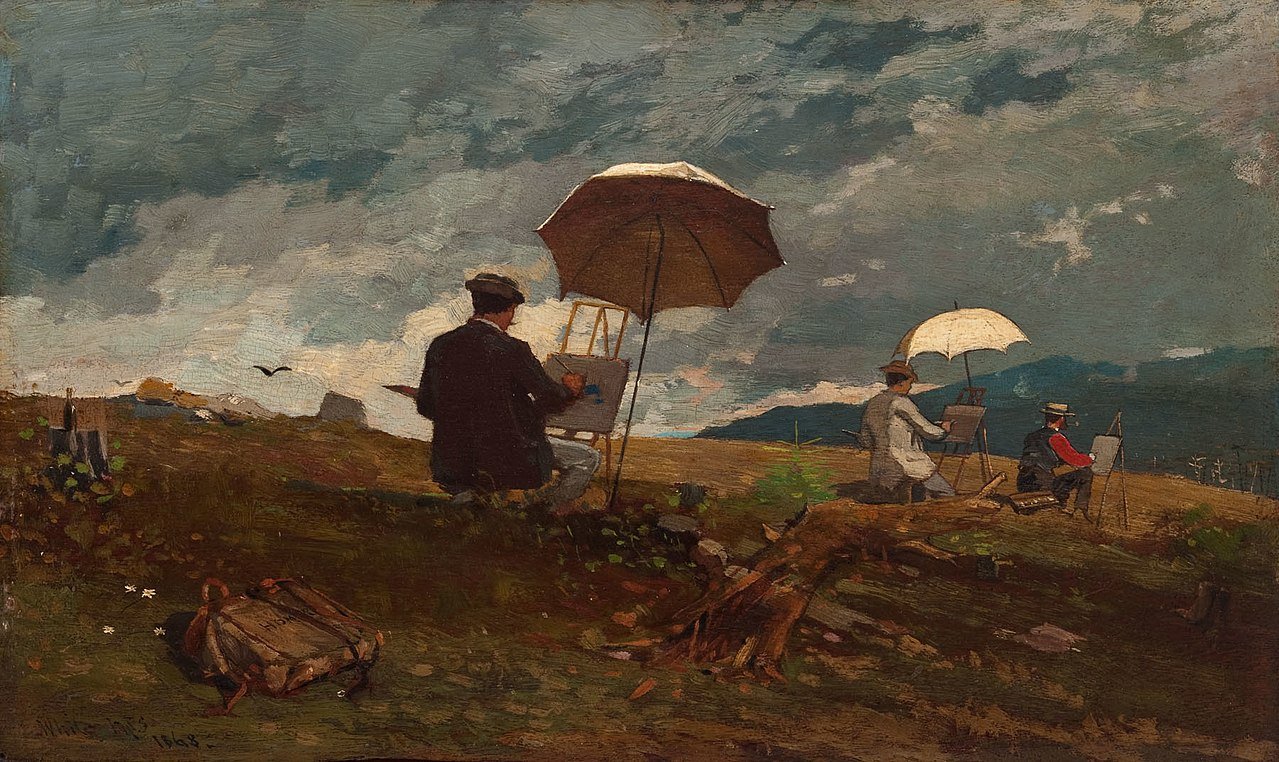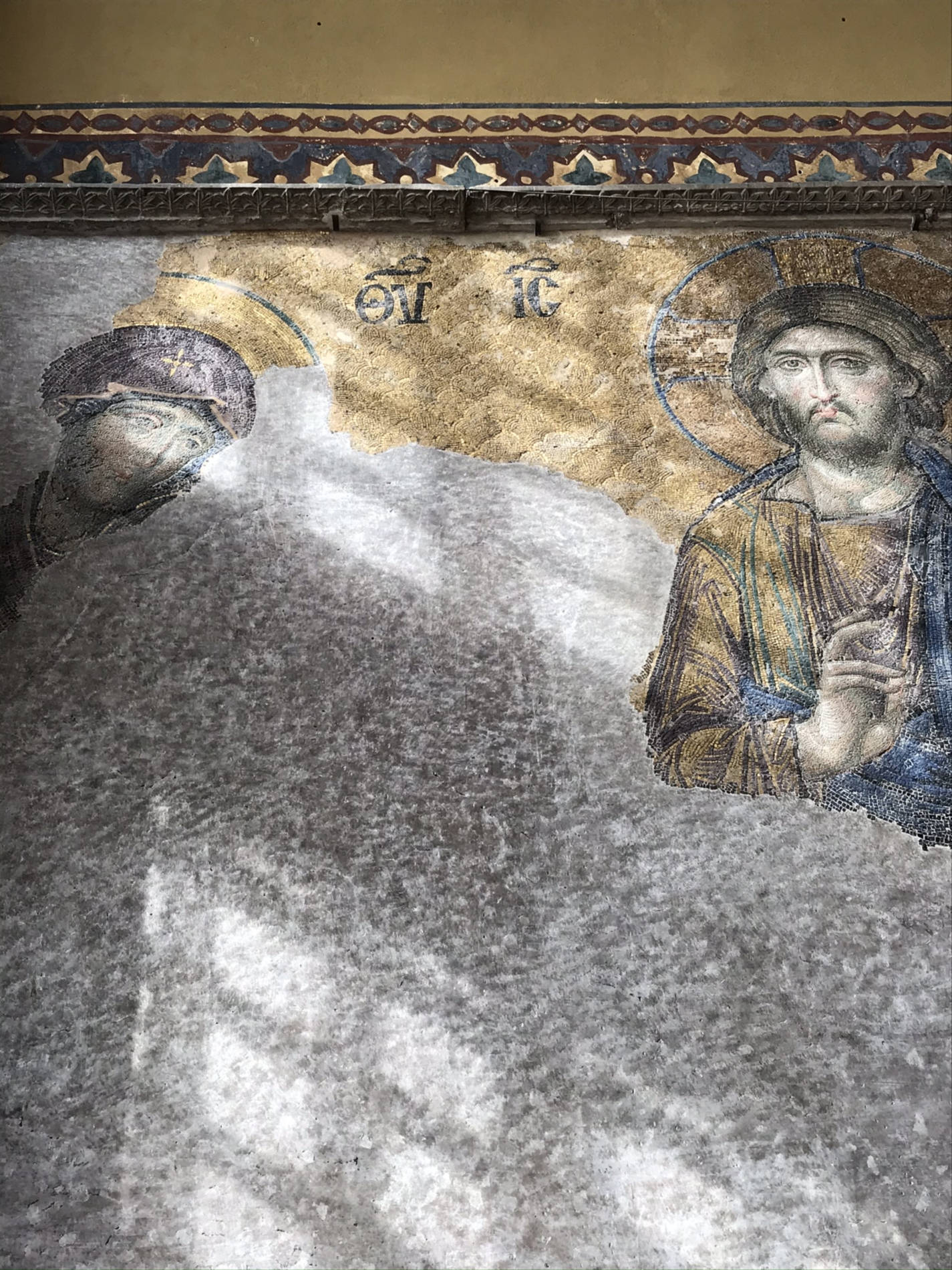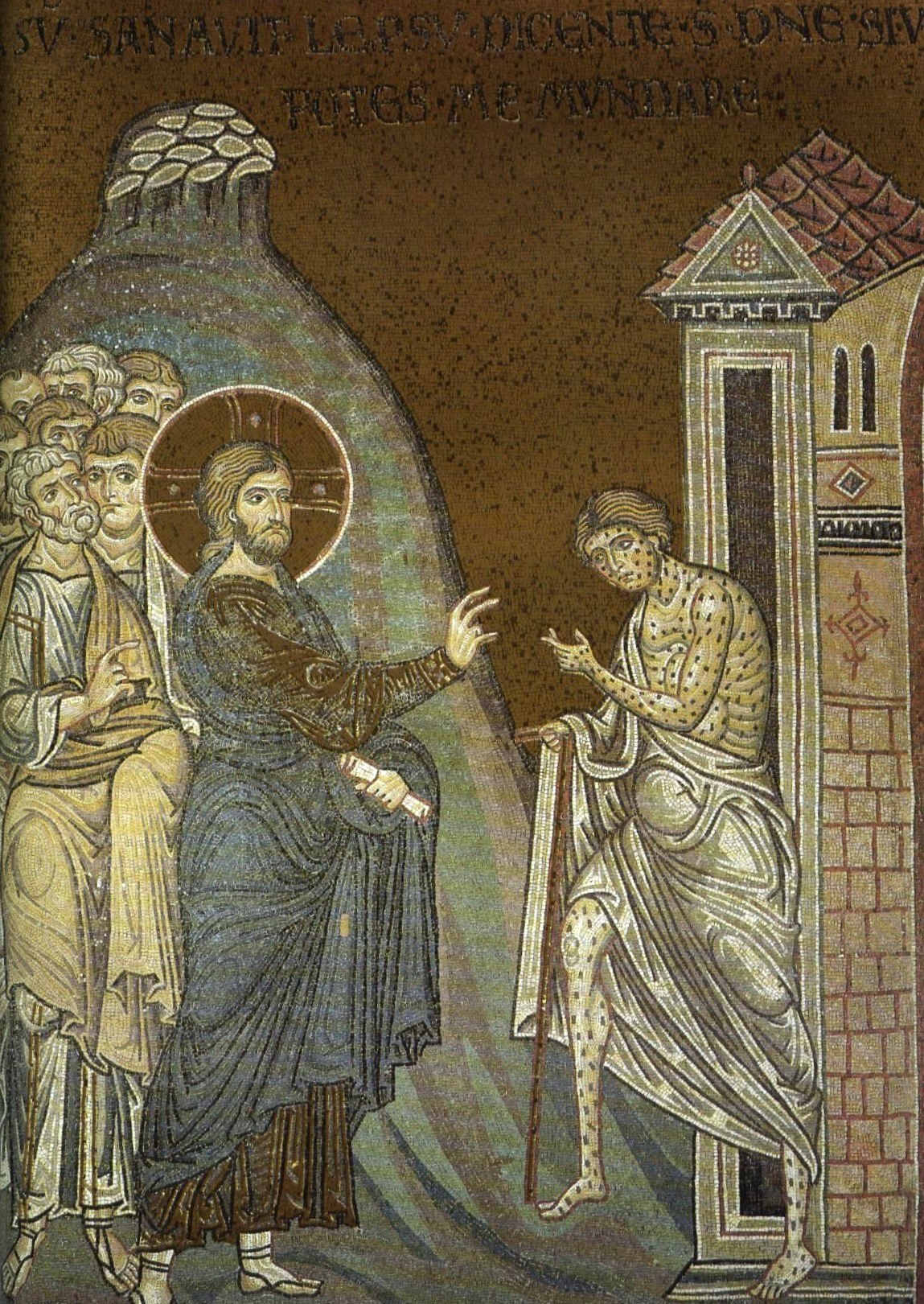Few words can be more misleading to the modern ear than the Orthodox use of the word “mystery.” It’s a fine New Testament word and is (technically) the proper name for the sacraments in Orthodoxy (though we most often say ‘sacrament’ in English). Its root meaning is that of something “hidden.” In our culture’s language, mystery is more a matter of a who-done-it or a reference to something so puzzling or beyond us that it cannot be known. It’s not unusual for the non-Orthodox to complain that when pressed really hard, the Orthodox will take refuge and say, “It’s a mystery.” So, what is the mystery in “mystery?”
There is a debate about the exact root of the word in Greek. Most agree that it has to do with silence. Indeed, one speculation is that it is onomatopoetic (a word that sounds like what it is). As such, it comes from a root which is the sound you make when your mouth is closed (“mmmm”). In St. John Chrysostom’s liturgy, directions to priests on certain prayers are that they are to be said “mystically,” meaning that the prayer should be spoken softly (sotto voce). This soft-spoken meaning also can reflect the sense of “secret.”
“Mystery” is a major term in some of St. Paul’s writings, particularly Ephesians and Colossians. There he describes the entire plan of salvation as a “mystery that has now been revealed.” He makes reference to the same thing in Romans as well (16:25). Christ Himself uses the term in Mark’s gospel, telling the disciples that it has been given to them to “know the mystery of the Kingdom of God,” while it is hidden in parables for others (4:11).
But there is more to the word than mere secret. St. Paul also speaks of the “mystery of godliness” and the “mystery of iniquity.” In those expressions the word does not describe secret information, but a hidden process at work. And this gets closer, I think, to St. Paul’s other uses as well. For him, “mystery” is not the same thing as “secret.” It is not information that is being held back. Rather, it is a reality that is not made manifest as of yet. And this is at the very heart of the Orthodox use of the word.
When St. Paul speaks of the “mystery hidden from before the ages” (1Cor. 2:7; Eph. 3:9; Col. 1:26) he is referencing Christ’s Pascha, the “Lamb slain from the foundation.” This is not a reference to a secret plan, but to the very hidden truth of Christ Crucified and its work in creation. I’ve always appreciated C.S. Lewis’ play on this in The Lion, the Witch and the Wardrobe. He describes a “deep magic” which the witch does not know, and, on account of which she unwittingly brings about her own defeat. In the Corinthians passage St. Paul says:
But we speak the wisdom of God in a mystery, the hidden wisdom which God ordained before the ages for our glory, which none of the rulers of this age knew; for had they known, they would not have crucified the Lord of glory. (1 Cor. 2:7-8)
In the presentation of Christ crucified as mystery, we are to understand that the crucifixion itself is a manifestation in time of that which has been true from before the ages. The crucifixion is more than an event – it is a revelation of the truth of who God is. It is proper for us to say that Christianity is inherently apocalyptic – it is a revealing of that which has been hidden.
This same theme even plays out in the description of our salvation:
Set your mind on things above, not on things on the earth. For you died, and your life is hidden with Christ in God. When Christ who is our life appears, then you also will appear with Him in glory. (Col. 3:2-4)
For I consider that the sufferings of this present time are not worthy to be compared with the glory which shall be revealed in us. For the earnest expectation of the creation eagerly waits for the revealing of the sons of God. (Rom. 8:18-19)
Beloved, now we are children of God; and it has not yet been revealed what we shall be, but we know that when He is revealed, we shall be like Him, for we shall see Him as He is. (1 Jn. 3:2)
Something of the same notion is found in the Old Testament as well:
Having been disciplined a little, they will receive great good, because God tested them and found them worthy of himself; like gold in the furnace he tried them, and like a sacrificial burnt offering he accepted them. In the time of their visitation they will shine forth, and will run like sparks through the stubble. (Wis. 3:5-7)
It is keenly important to understand that what is hidden is not something that does not already exist: that would be a mere secret, an idea. The mystery described and referenced within the Scriptures is a reality that existed before the creation itself. It is Christ crucified. It is the treasure of our salvation:
Blessed be the God and Father of our Lord Jesus Christ! By his great mercy we have been born anew to a living hope through the resurrection of Jesus Christ from the dead, and to an inheritance which is imperishable, undefiled, and unfading, kept in heaven for you, who by God’s power are guarded through faith for a salvation ready to be revealed in the last time. (1 Pet. 1:3-5)
It is this very “mystery” that forms the substance of the sacraments of the Church. In Baptism, we are Baptized into the death and resurrection of Christ (an eternal reality); in the Eucharist, we eat and drink the Body and Blood of the crucified Christ, slain from the foundation of the earth, and so on. The mystery of our salvation is not presented to us as something that has not yet happened. It is rather something that has not yet been revealed. Its reality is greater than the things we see at present:
For this slight momentary affliction is preparing for us an eternal weight of glory beyond all comparison, because we look not to the things that are seen but to the things that are unseen; for the things that are seen are transient, but the things that are unseen are eternal. (2 Cor. 4:17-18)
This same understanding is the basis for the various forms of allegory used in reading the Scriptures. That reading is not a literary device. Rather, it is a discernment of something that is true and real and that lies beneath the surface of the words. Those who champion the “literal-historical” reading, as though it were the only firm foundation, utterly neglect the very character of our salvation. The mystery of the crucified Christ is the content of all Scripture, and is read by those who know Him.
The Orthodox answer, “It is a mystery,” is not an effort to dodge difficult questions. It is, instead, an attempt to say what is most profoundly true. Not only is Christ the mystery which has been made known, but we ourselves are a mystery, yet to be revealed. The world around us, like the Scriptures themselves, have Christ Crucified as their truth, for Christ is the Logos, according to which and through which the logos of every created thing is made. If you do not know the mystery of creation, then you do not know creation.
It is a mystery known to the trees and rocks. They groan, waiting for it to be made manifest. Occasionally, they begin to shout, to sing and to clap their hands. The song of creation is a mystery, heard by those who have ears to hear.
Father Stephen is a priest of the Orthodox Church in America, Pastor Emeritus of St. Anne Orthodox Church in Oak Ridge, Tennessee. He is also author of Everywhere Present and the Glory to God podcast series.
The featured image shows, “The Visitation,” by Gerónimo Antonio de Ezquerra, painted ca. 1737.
